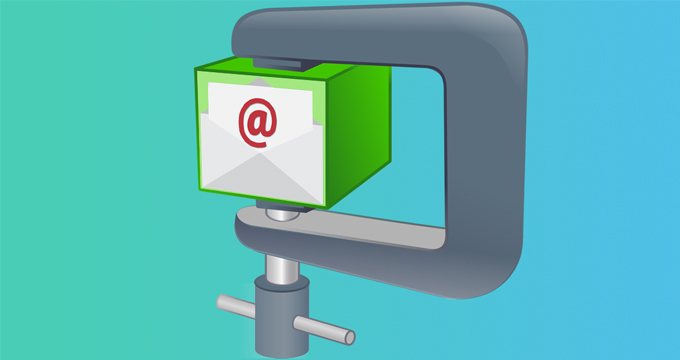Not all email archiving solutions are the same. Before you go looking for the right one, there’s a whole bunch of things you should take into consideration. Today, we’re talking about three functionalities that can make a big difference.
All three ‒ deduplication, single-instance storage and compression ‒ are closely related to storage, which is one of the prime concerns customers have before they implement email archiving. Simply put, if you store all your email messages on a server, it will soon become overloaded and its efficiency will be greatly reduced. You don’t want struggling mail servers in your office.
Think twice before you hit “Delete”
Faced with storage troubles, a lot of employees then go on a delete binge and send hundreds of messages to the trash. This isn’t very wise, because they might accidentally delete certain emails that contain valuable company data. Several businesses are known to have gone bankrupt when faced with a litigation case just because a particular email message they needed to retrieve was nowhere to be found.
The bottom line is ‒ you need to preserve email, but you can’t have it cluttering your servers. An email archiving solution that deduplicates, compresses and stores single instances of messages will respond perfectly to all these challenges by reducing the required disk space in the archive. Here’s how.
Deduplication
This means that your archiving appliance will store only one copy of a duplicate message. Let us illustrate. The deduplication feature will help you avoid the following scenario: you want to send a “Happy New Year” message with a 1MB attachment to all 2000 employees in your company. Without deduplication, this seemingly tiny attachment would take almost 2GB, not 1MB of your archive’s storage space. We bet this didn’t even cross your mind.
Single-Instance Storage & Compression
Single-instance storage (SIS) is often confused or used interchangeably with deduplication. Single-instance storage means that, for example, two different emails could be sent by two different users, but contain the same attachment. The archiving appliance is able to recognize that they are identical and retain a single copy, but it will be indexed in such a way that it can be located by searching for both emails and users.
Your messages and attachments are deduplicated, a single copy is ready to be retained, but there’s one more thing left, and that’s compression. This feature makes sure the size of your files is even smaller, which means even more storage space for data on your appliance and ultimately, lower costs. All things considered, an email archiving appliance has a great value, doesn’t it?
To learn more about how email archiving can help you with storage concerns, read our eBook “Maximize Your Servers’ Efficiency with Email Archiving”. To get a clearer picture about storage reduction methods and other email archiving features, schedule a demo with Jatheon today.











